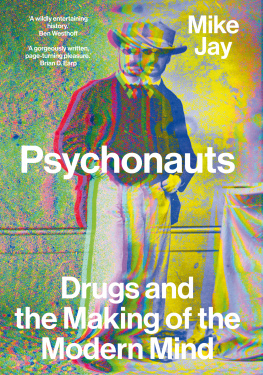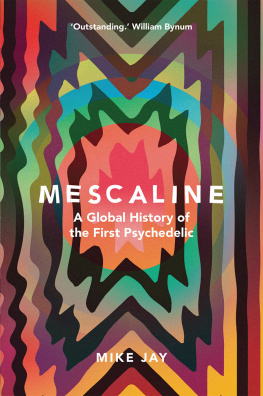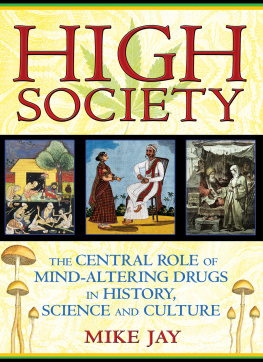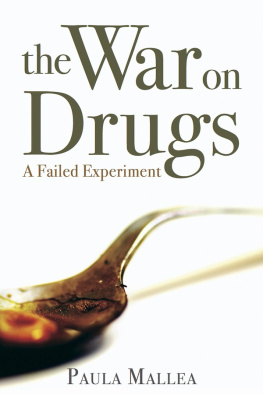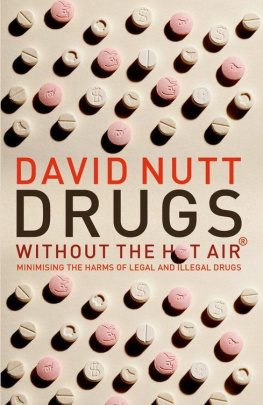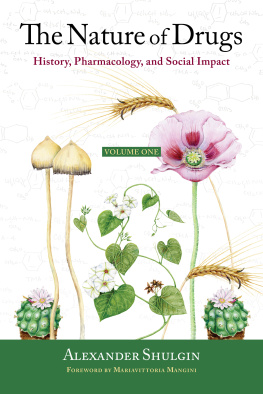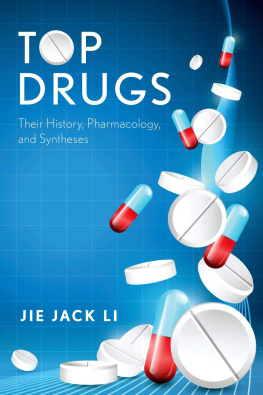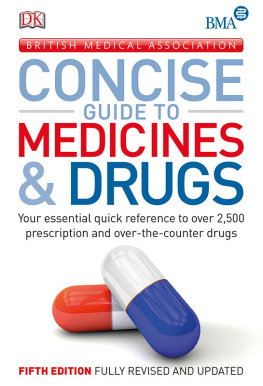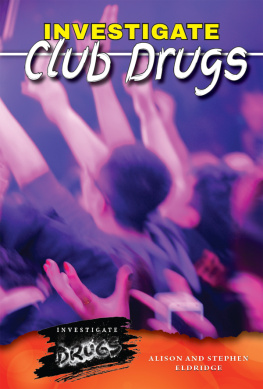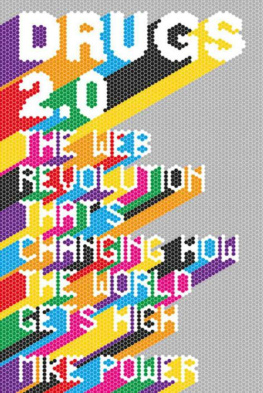PSYCHONAUTS

Copyright 2023 Mike Jay
All rights reserved. This book may not be reproduced in whole or in part, in any form (beyond that copying permitted by Sections 107 and 108 of the U.S. Copyright Law and except by reviewers for the public press) without written permission from the publishers.
All reasonable efforts have been made to provide accurate sources for all images that appear in this book. Any discrepancies or omissions will be rectified in future editions.
For information about this and other Yale University Press publications, please contact:
U.S. Office:
Europe Office:
Set in Adobe Garamond Pro by IDSUK (DataConnection) Ltd
Printed in Great Britain by TJ Books, Padstow, Cornwall
Library of Congress Control Number: 2022948975
e-ISBN 978-0-300-27151-5
A catalogue record for this book is available from the British Library.
10 9 8 7 6 5 4 3 2 1
CONTENTS
ILLUSTRATIONS
PROLOGUE
BEFORE DRUGS
I n 1992, a paper published in the scholarly journal Ancient Mesoamerica lit the fuse of a media drug panic. Two eminent scientists and bestselling authors, the anthropologist Wade Davis and the physician Andrew Weil, reported that they had resolved a long-standing puzzle in Mexican prehistory. It had long been noted that the tropical cane toad (Bufo marinus) appeared to have been important to the ancient Olmec and Mayan cultures: it was commonly represented on their ceramics and its bones were found in great abundance at several ritual sites. It was also well known that the toads parotid glands behind its head secreted a mix of toxins that included a powerful hallucinogenic compound, bufotenine. Was it possible, as some anthropologists had suggested, that toad secretions had been used in ancient Mesoamerica as a ritual intoxicant?
Davis and Weil were both well versed in the history, ethnography and biology of mind-altering plants and fungi in Central America, and were fascinated by the possibility that a drug extracted from an amphibian might have been used alongside them. But the central weakness of the hallucinogen hypothesis, as Davis wrote, seemed to be the inability of proponents to demonstrate how any preparation of Bufo marinus could be safely consumed, since the bufotenine in the cane toads gland occurs in combination with potent and potentially fatal cardiac toxins.border, was unique among its genus in possessing an enzyme in its poison O-methyl transferase that converts bufotenine into one of the most powerful hallucinogens found in nature, 5-MEO-DMT. If the venom of B. alvarius was smoked, as opposed to swallowed, the toxins would be broken down and the secretions should, in theory, be both safe and powerfully psychoactive.
The pair concluded that there was only one way to test their hypothesis. Experiments on laboratory animals were worthless, since there was no way to observe or verify whether white mice were hallucinating. They had, however, come across a 16-page pamphlet published by an underground press in 1984 that described in detail how to squeeze the parotid glands of a toad to extract its venom and allow it to dry into a smokable resin, and they followed its directions scrupulously. They placed a chip of resin the size of a matchhead in a pipe and inhaled deeply, and within 15 seconds they had their answer. In their co-authored paper, Davis described the experience in language that blended clinical self-observation with vivid metaphor:
Shortly after my inhalation I experienced warm flushing sensations, a sense of wonder and well-being, strong auditory sensations, which included an insect-cicada sound that ran across my mind and seemed to link my body to the earth... Strong visual hallucinations in orblike brilliance, diamond patterns that undulated across my visual field. The experience was in every sense pleasant, with no disturbing physical sensations, no nausea, perhaps a slight sense of increased heart rate.
Davis and Weils paper concluded that, since there were well-established trade routes between the Sonora desert and the Maya lowlands to the south, it was possible that this dried venom had been traded between them. It was an ingenious solution to a long-standing archaeological conundrum, but the response to their paper was one of shock and outrage. Members of their scientific community were scandalised
The authors drug experiment became the story. It was picked up by the leading newspaper in Daviss home nation of Canada, the Toronto Globe and Mail, under the headline Taking Their Own Medicine. The article quoted the chairman of the University of Torontos medical ethics review committee: We discourage self-experimentation very strongly. The Wall Street Journal ran a front-page story connecting Davis and Weils work to a shadowy subculture of toad lickers and smokers inspired by the same underground pamphlet. Rumours of toad-licking or smoking proved to be irresistible copy for a mass media that reflexively treated all drug use as delinquent or dangerous. In 1994, this ne plus ultra of depraved addictions found its public face. A naturalist and elementary school teacher in California named Bob Shepard, together with his wife Connie, were arrested by drug enforcement agents and their four pet specimens of Bufo alvarius confiscated after they confessed to smoking their secretions. Bob was fired from his job and ordered into drug rehabilitation.
* * *
It was around this time that I started writing about drugs, and I remember the media landscape well. The subject was framed as a medical, social and criminal problem. Institutional scientific research Studies of their potential benefits were vanishingly rare. Scientists who spoke publicly about their drug use were like doctors, lawyers, politicians and other professionals taking a grave risk with their reputations and careers. Scientific self-experiments, as Davis and Weil discovered, were taboo. To admit to experience of drugs was to be marginalised within the public debate as a user: not an expert witness, but part of the problem. When newspapers or TV programmes required a drugs expert, they contacted an addiction psychiatrist or state-funded anti-drugs campaigner.
I was an early adopter of the internet, and was fascinated by the profusion of drug-themed bulletin boards and alt.drugs newsgroups that were among the first information exchanges to colonise the online ecosystem. Recipes for synthesising LSD circulated along with street prices for cannabis from Canada to Cambodia, suppressed pro-legalisation dossiers from the World Health Organization and discussions about how ecstasy interacted with anti-depressant medications. (The only topic off limits was actually buying and selling drugs, which was firmly stamped on by site moderators.) All this was unthinkable in the mainstream media, where every drug story was obliged to carry a health warning and a moral message. But the early internet was a far more accurate reflection of the globalised drug culture that proliferated in the streets, clubs and festivals of the 1990s, manifesting in vast, often illegal acid house parties or raves fuelled by MDMA (ecstasy) and a rapidly expanding illicit pharmacopoeia. In the newspapers, this subculture was typically reported under headlines such as Dance of Death; but online at this point, a strange new world of green-on-black text, blinking cursors and MS-DOS prompts drugs were simply another specialist topic, discussed with fellow enthusiasts as one might share an interest in science, travel or literature.
I sold a few pieces about this scene to the style and youth mags of the day, but even here it was regarded as a marginal topic: drugs were a disreputable subject that drew unwelcome attention, and the internet was strictly for geeks. Beyond these outlaw enclaves, the obvious-seeming questions why so many people took drugs, what their effects were, and how they influenced the cultures in which they circulated were rarely posed. When they were, the drug experts typically responded with one of two answers: peer pressure or addiction. In both cases, the remedy was more anti-drug messages and harsher criminal penalties.
Next page
